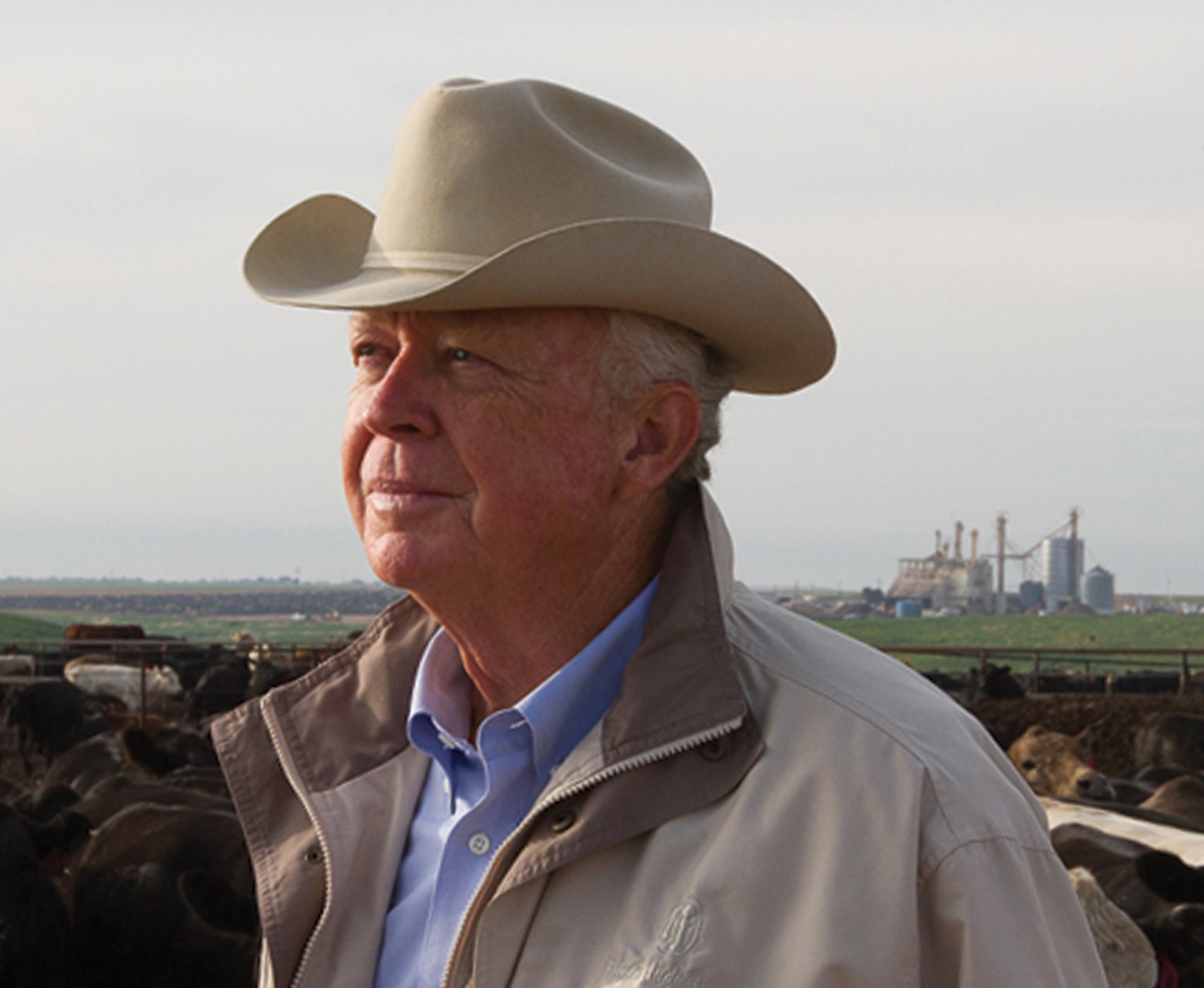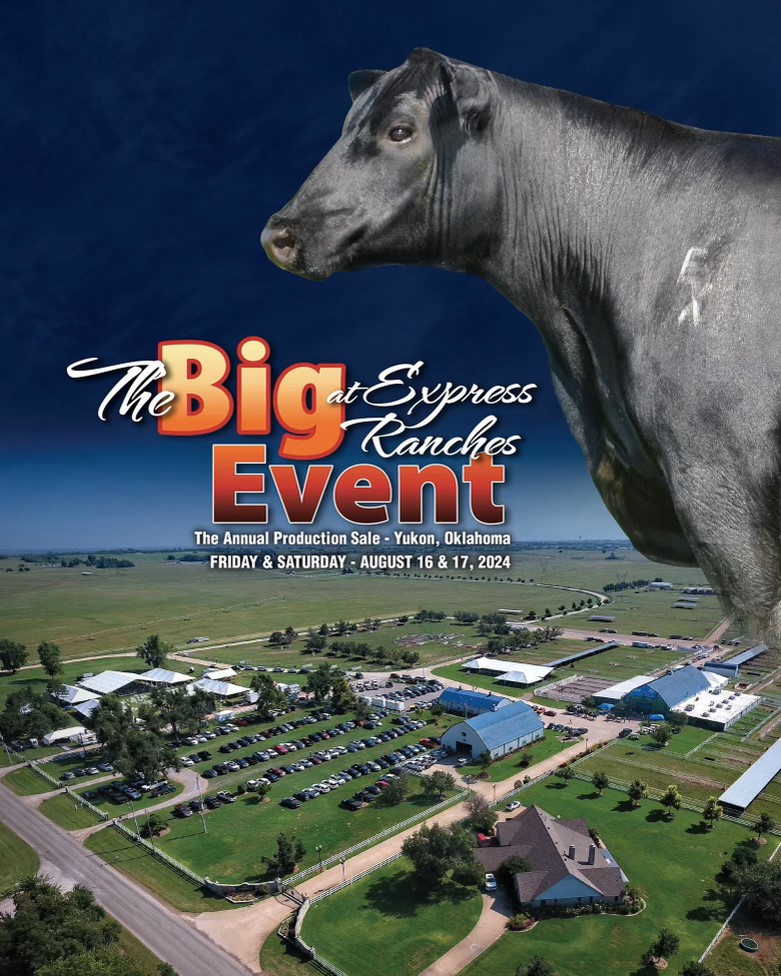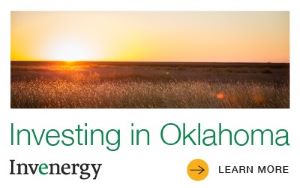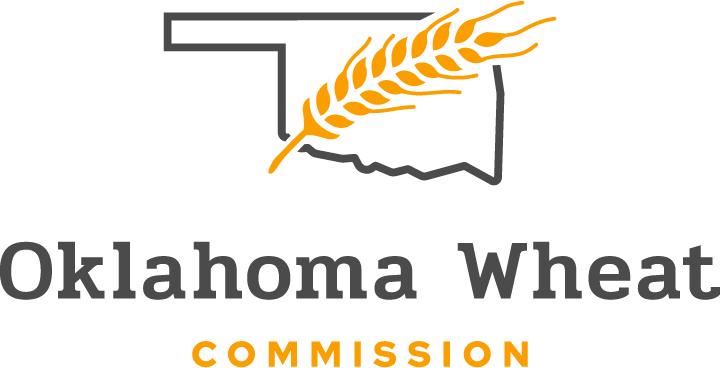
Agricultural News
Herring to Receive Feeding Quality Forum Honors in August - Updated with Feature Video
Tue, 11 Aug 2015 11:20:25 CDT
 James Herring has witnessed much during 45 years in the cattle business, but he's been much more than an observer.
James Herring has witnessed much during 45 years in the cattle business, but he's been much more than an observer.
His leadership roles, foresight and determination to create relationships that benefit all stakeholders-from rancher to consumer-make him a standout among his peers.
That's why Herring is being honored with the Feeding Quality Forum (FQF) 2015 Industry Achievement Award.
"He's given a lot of his time to really make sure the industry is moving in the direction it needs to be," says Larry Corah, with the Certified Angus Beef ® (CAB®) brand, noting terms as president of the Texas Cattle Feeders Association and of CattleFax.
"James is probably one of the most innovative people in the industry when it comes to looking at economic impacts and cattle feeding in different ways," Corah says, "like labor cost per head, for example."
The award will be presented during the luncheon portion of the Forum, Aug. 18 in Omaha, Neb., and Aug. 20 in Garden City, Kan..
Herring, who has a business degree from the University of Texas and an MBA from the Harvard Business School, says he grew up in the "Wall Street of cattle feeding," when center-pivot irrigation spurred Amarillo to become a feeding hub.
"Back in the rapid growth days of the feeding industry in Texas, you couldn't miss," Herring says. "You put the cattle on feed and five months later you had a profit out of it."
His first group made $150/head. That's how "the industry sunk its teeth into me," he says. "It seemed like money was pretty easy to make."
Through the years, Herring learned profit wasn't always easy, but rather the result of planning, sharpened business skills and fostered relationships.
"He's a great believer in the value of networking and how you use that to make progress and achieve goals," Corah says.
Nearly two decades after that first experience, Herring brought his business background to a struggling Friona Industries. He helped build it into one of the largest feeding entities in the United States, with a 290,000 head one-time capacity.
"There are 13 different commodities that we watch as part of our economic platform at Friona," he says. "Those can move up and down 20% to 30% very quickly, so you are at risk-not only from the standpoint of the outcome of the beef product, but you are also at risk as to value of the inputs involved in the production process.
"So things can get fairly scary, fairly quickly in our business and you have to be on top of it," Herring says.
His plan to stay on top was both systematic and coordinated, centering on the idea that the beef business not only needed to manage risk, but also build partnerships.
Friona was one of the first to pay producers a premium for following the Texas-originated Vac45 precondition protocols.
"It created an interest in the cow-calf arena to wean and precondition calves for eventual throughput in either pasture situations or commercial feedyards," Herrings says. They discovered those Vac45 animals were worth $16 per hundredweight (cwt.) more than calves weaned on the truck.
"That taught us a lot about animals coming into the feedyard, how we could reduce medicine and improve animal health and efficiency in the feedyard, all by weaning and preconditioning the animal where he spent his original time, on the ranch," he says.
Now they have a network of "preferred suppliers" across the country.
"We can take an animal that's almost 'bulletproof' into our operation and cut the death loss in half and improve the efficiency in our trade area," he says.
That illustrates a big shift in the entire beef chain, Herring says. Forty or fifty years ago, nobody really marketed-they got rid of what they had to sell.
"We were dealing with nothing more than a commodity, this whole industry was a disposal business. We disposed of the calves, we disposed of the yearlings, we disposed of fat cattle and eventually when we harvested the animal at the end, we had to beg and plead to dispose of certain products coming out of the packing plant," he says.
They started to change that model by understanding what they were buying. Over the last decade, Friona has amassed a database on more than 3.5 million head.
"We have to pay particular attention to the genetic quality and consistency of raw material that we allow to come into our feedyard," Herring says. "We have to, as an industry, start focusing on consistency, quality, delivered 24/7 to the consumer so that we can proactively compete with the poultry products and the swine products."
To attend the awards luncheon or any part of the Forum, register at www.feedingqualityforum.com or contact Marilyn Conley by phone (800-225-2333), or email (mconley@certifiedangusbeef.com).
The Forum is co-sponsored by Zoetis, Roto-Mix, Purina Mills, Micronutrients, Feedlot magazine and CAB.
Below Dr. Herring talks about why the cattle business has shifted from commodity to quality.
WebReadyTM Powered by WireReady® NSI
Top Agricultural News
More Headlines...




















